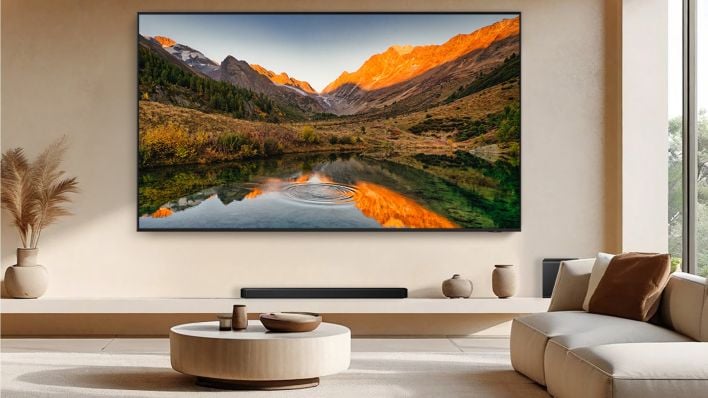Study Boldly Claims 4K And 8K TVs Aren't Much Better Than HD To Your Eyes, But Is It True?
In this research, the team got granular by directly measuring the resolution limit of the human eye in terms of pixels-per-degree (PPD), the true measure of detail you can resolve at a specific distance. While the old 20/20 vision benchmark suggested a limit of around 60 Pixels Per Degree, this new research found that we can actually resolve slightly more—up to an average of 94 PPD for high-contrast images viewed head-on.

For enthusiasts who pride ourselves on spotting the subtlest differences, this may be a moment of existential crisis. Some of us have chased pixel count like it’s the only number that matters, driving up the cost, bandwidth, and power consumption of our gear for a benefit that is often negligible.
But here's the silver lining, the true north star to this topic is: resolution isn't everything. The real, noticeable leap in visual quality recently hasn't come necessarily from more pixels, but from what those pixels do. Indeed, the champion here is contrast. An exceptional 4K OLED TV with brilliant HDR and inky black levels, for example, will look unequivocally better than a budget 8K set with mediocre contrast, regardless of how many pixels are crammed onto the panel.
The other important detail to note is that screen size and distance to your TV also matters. The larger the TV, the more a higher resolution will offer a perceived benefit. Stretching a 1080p image across a 75-inch display, for example, won't look as sharp as a 4K image on that size TV. As the age old saying goes, "it depends."

